The Princie Diamond: The History and Legal Battle Surrounding the Infamous Pink Stone
The story of the Princie Diamond and why we are still fascinated by the $40 million pink diamond.
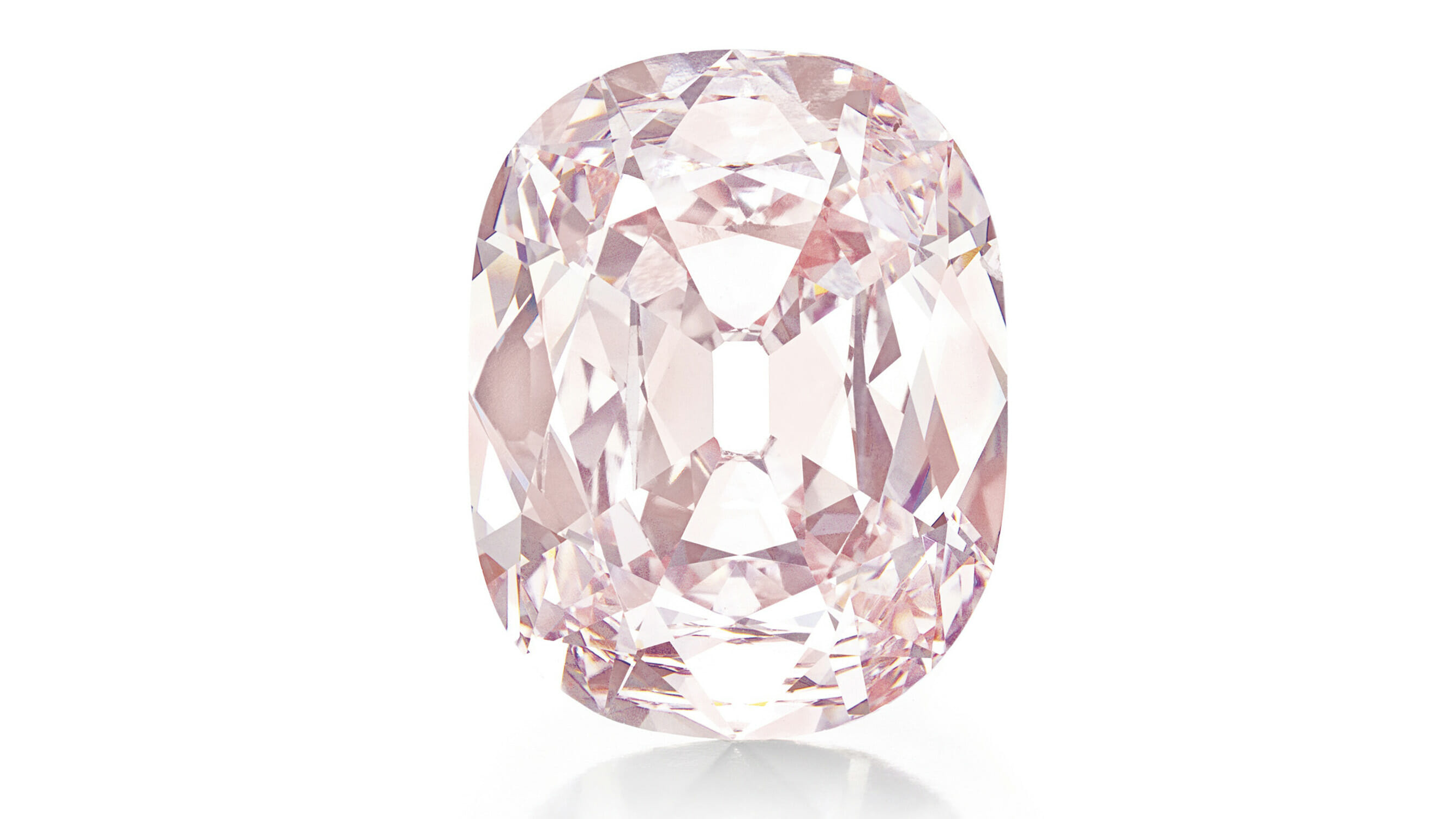
When Pierre Arpels purchased a magnificent 35-carat fancy intense pink diamond at Sotheby’s in 1960, he named it the Princie after the 14-year-old Prince of Baroda. The christening happened when the young prince, fondly known as “Princie”, attended the stone’s coming out party at Van Cleef & Arpels’ Paris store along with his mother, a well-known jewelry collector and client of the house. The moniker was also likely a nod to the pink diamond’s lineage: It was discovered in India’s historic Golconda mines some 300 years ago (we will get to that later)
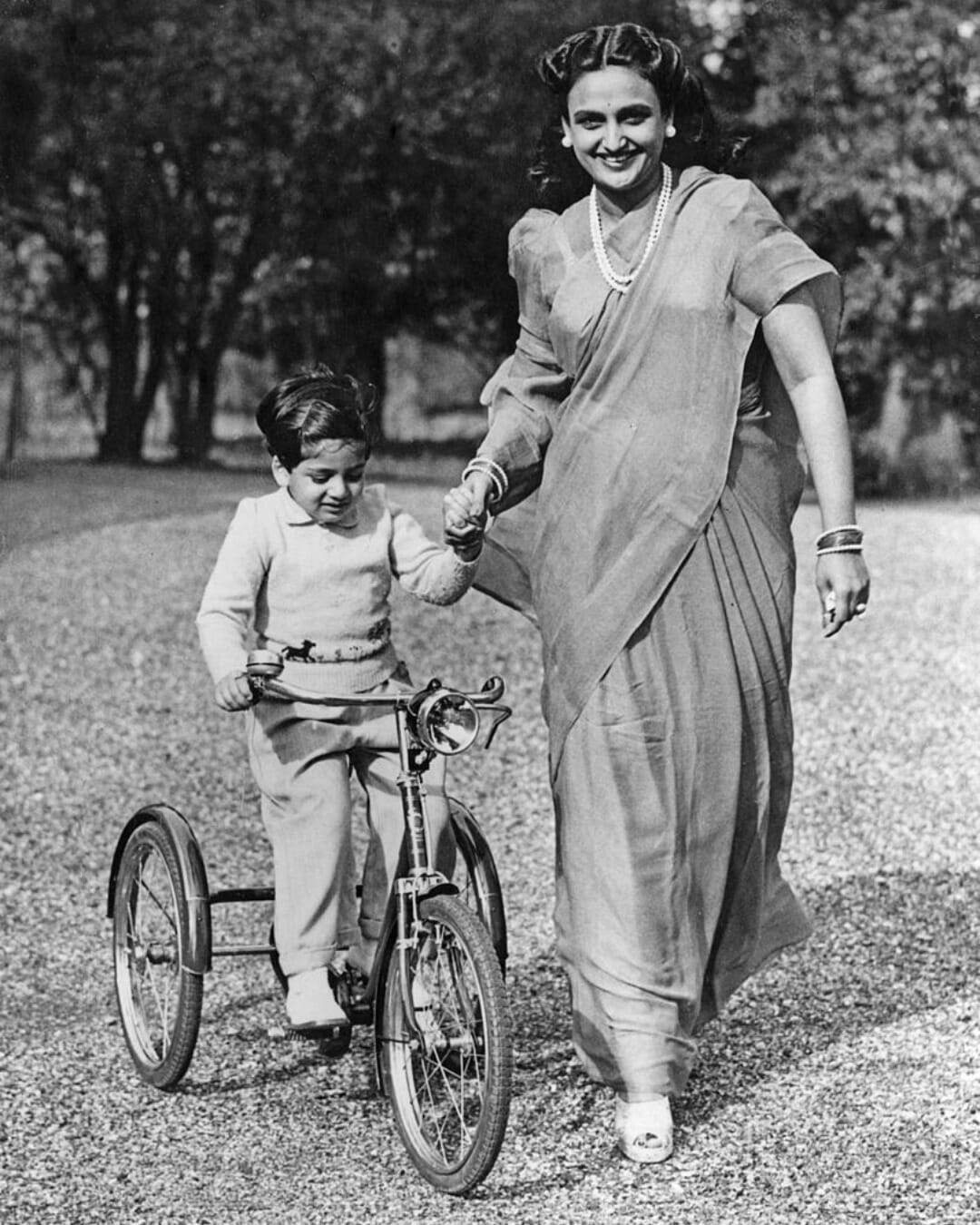
Today, the mere mention of the Princie Diamond can raise eyebrows among industry insiders (along with some Italian socialites) who recall the diamond’s record-breaking sale in 2013, and the subsequent scandal. It’s that cute moniker that makes the diamond’s legacy easier to track, and an even more enthralling story. If it were an anonymous pink diamond, we might not be discussing it today.

Read More: The World’s Last Argyle Pink Diamonds Are Revealed
Historic stones are commonly christened with a name, often as a tribute to the owner, and to mark its place in the annals of historic diamonds and gems. In 2015, Hong Kong billionaire Joseph Lau, for example, purchased a 12-carat vivid blue diamond for a record-breaking $48 million, which he promptly christened the Blue Moon of Josephine for his 12-year-old daughter (it was a gift for her). We won’t forget that diamond – or the lucky little girl’s name anytime soon.
Stones may change hands, but regardless of the owner, a moniker ensures its legacy is recorded and remembered. The Princie Diamond will be remembered as much for its rare beauty as for its legal battle.
The Legal Battle for the Princie Diamond
Pierre Arpels didn’t have the diamond for long. That same year, the Italian politician and businessman Renato Angiolillo purchased the pink diamond for his second wife, Maria Girani Angiolillo.
Following Renato Angiolillo’s death in 1973, the stone remained with his widow. Upon her passing in 2009, Maria Girani Angiolillo’s son claimed the diamond and other jewels were missing. According to Italian law, a person’s assets are passed on to their children unless otherwise noted in their will. That means that her jewelry (including the Princie) belonged to all her heirs – including her late husband’s children with whom she apparently had good relations. When her stepchildren learned the jewels were missing, they filed a police report. But nothing came of it.
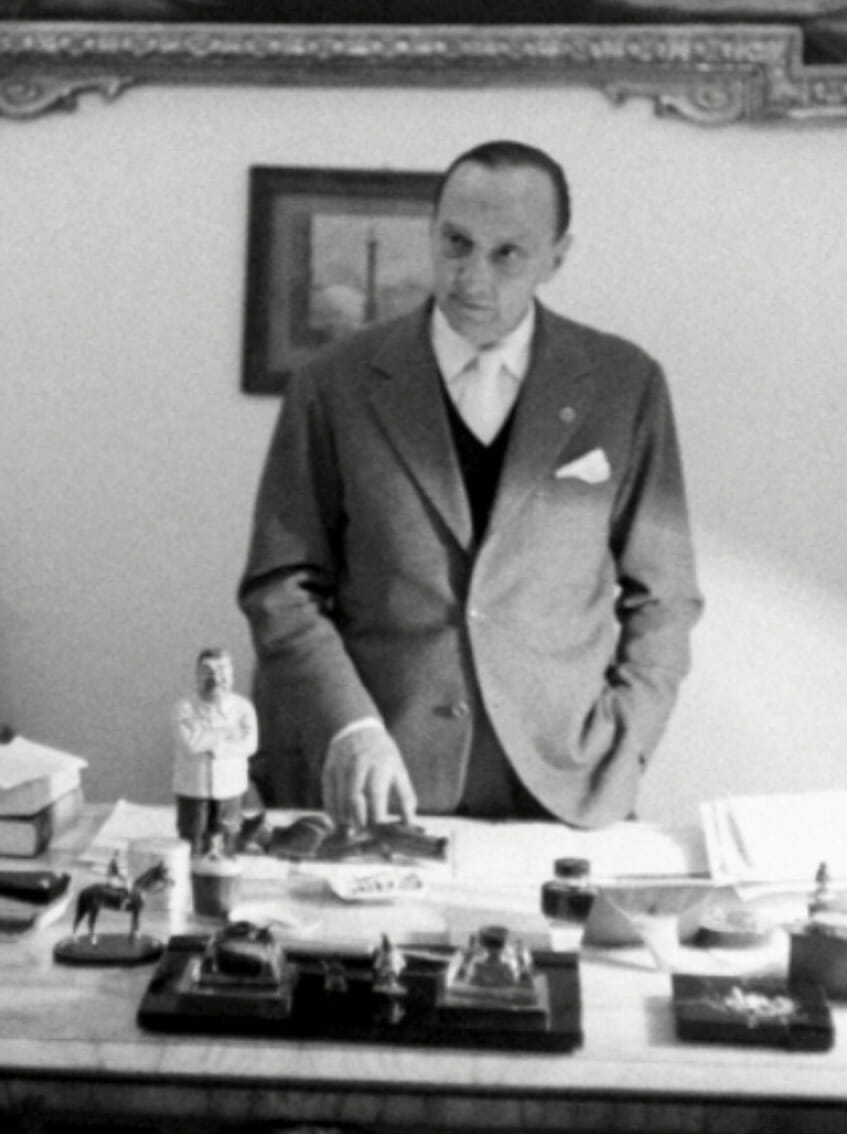
How Much Did the Princie Diamond Cost?
That is until the Princie appeared at a Christie’s New York auction in 2013. When the Angiolillo family learned that the 35.65-carat cushion-cut fancy intense pink diamond was being sold, they informed the auction house that it was likely the reportedly stolen diamond.
According to court records, Swiss gem dealer David Gol consigned the diamond to the auction house. The dealer said that he purchased the diamond from non-other than Milella for $20 million, who said that he had inherited the pink diamond from his mother. After reviewing the records, Christie’s believed Gol was the legal owner of the diamond and went ahead with the sale.
Christie’s sold the Princie Diamond for a record-breaking $39.3 million to the Qatari royal family. That’s when the family’s battle for the stone went public. The Angiolillo family filed their case in New York court seeking the return of the diamond or some compensation. Finally, in 2020 amid the Coronavirus crisis, the New York appellate court ruled in favor of the family which allowed the case to go to trial.
Where was the Princie Diamond throughout this turmoil? It’s reported that the Qatari family kept the pink diamond in a Swiss storage facility for safekeeping during the dispute.
Court records show that the parties finally reached an undisclosed settlement late last year hence the case did not go to trial.
Where is the Princie Diamond?
As of now, the Princie’s whereabouts are unknown. That is until it appears again in the future at some auction or worn on a fabulous jewel. Because a pink diamond of this beauty, size and rarity can’t stay incognito for too long. There’s only one Princie Diamond.
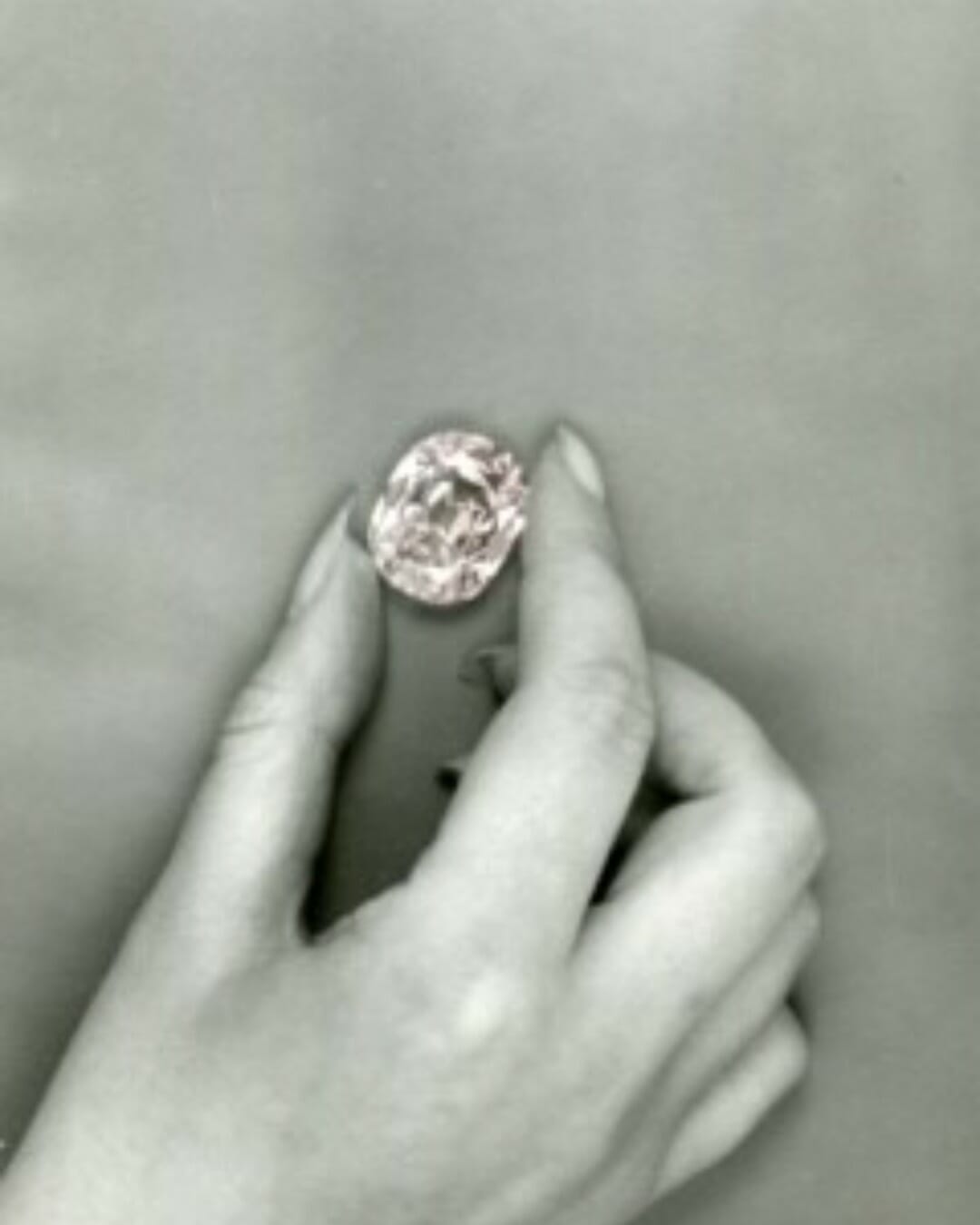
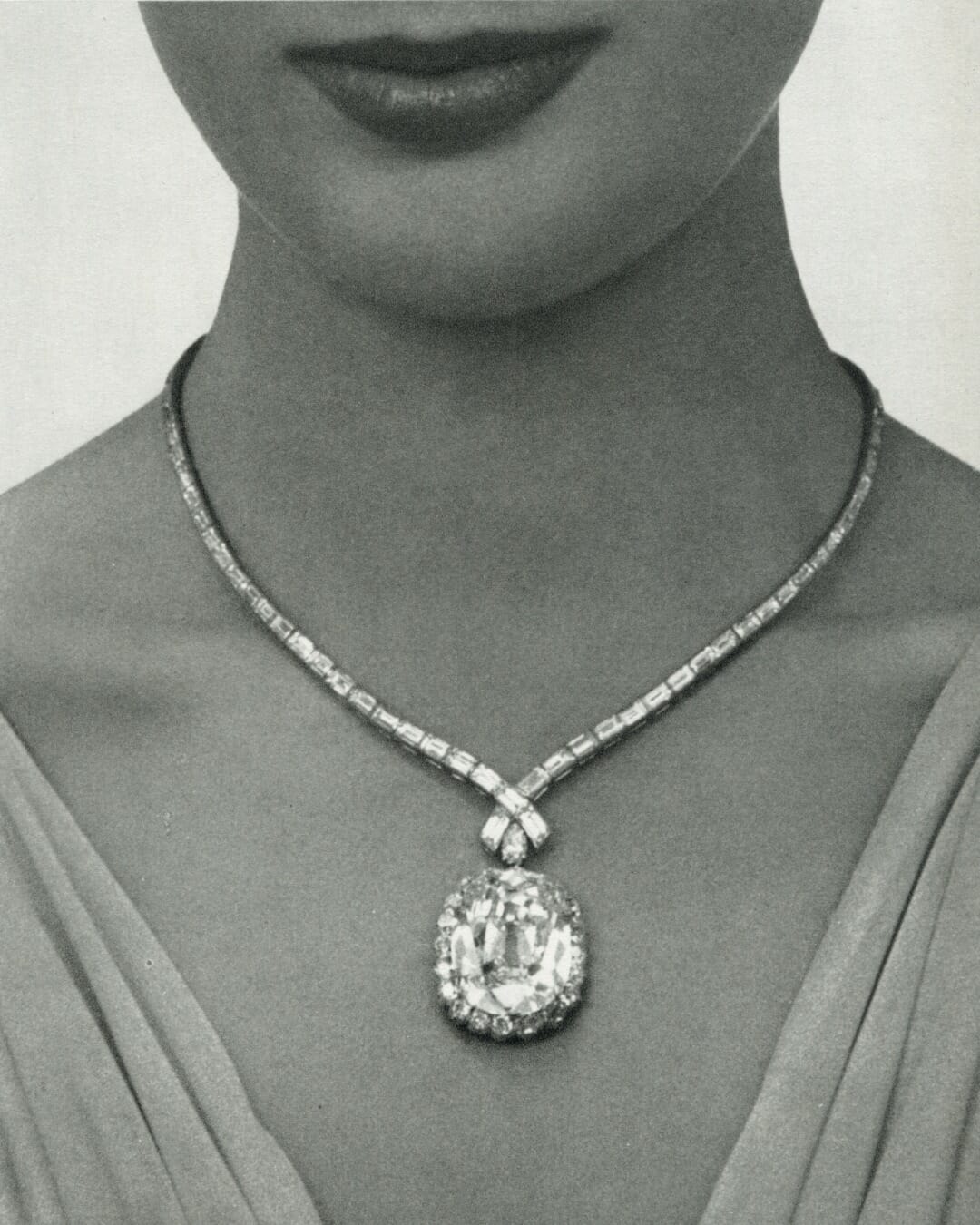
The Princie Diamond’s Historic Legacy
The story of the Princie begins 300 years ago when it was believed to be discovered in India’s ancient Golconda mines, the source of the world’s most spectacular diamonds, including the Hope, Koh-i-Noor, and Dresden Green. First recorded in the 1700s, the pink diamond was part of the Indian monarch Nizam of Hyderabad’s collection of jewels and treasures. After that, it’s official owners and whereabouts were unknown for centuries.
It finally reappeared at Sotheby’s in 1960, where it was offered as the “property of a gentleman.” It was later learned that the gentleman or seller was the Nizam of Hyderabad. At the time, Pierre Arpels purchased the diamond for 46,000 British pounds (about 1 million British pounds today).
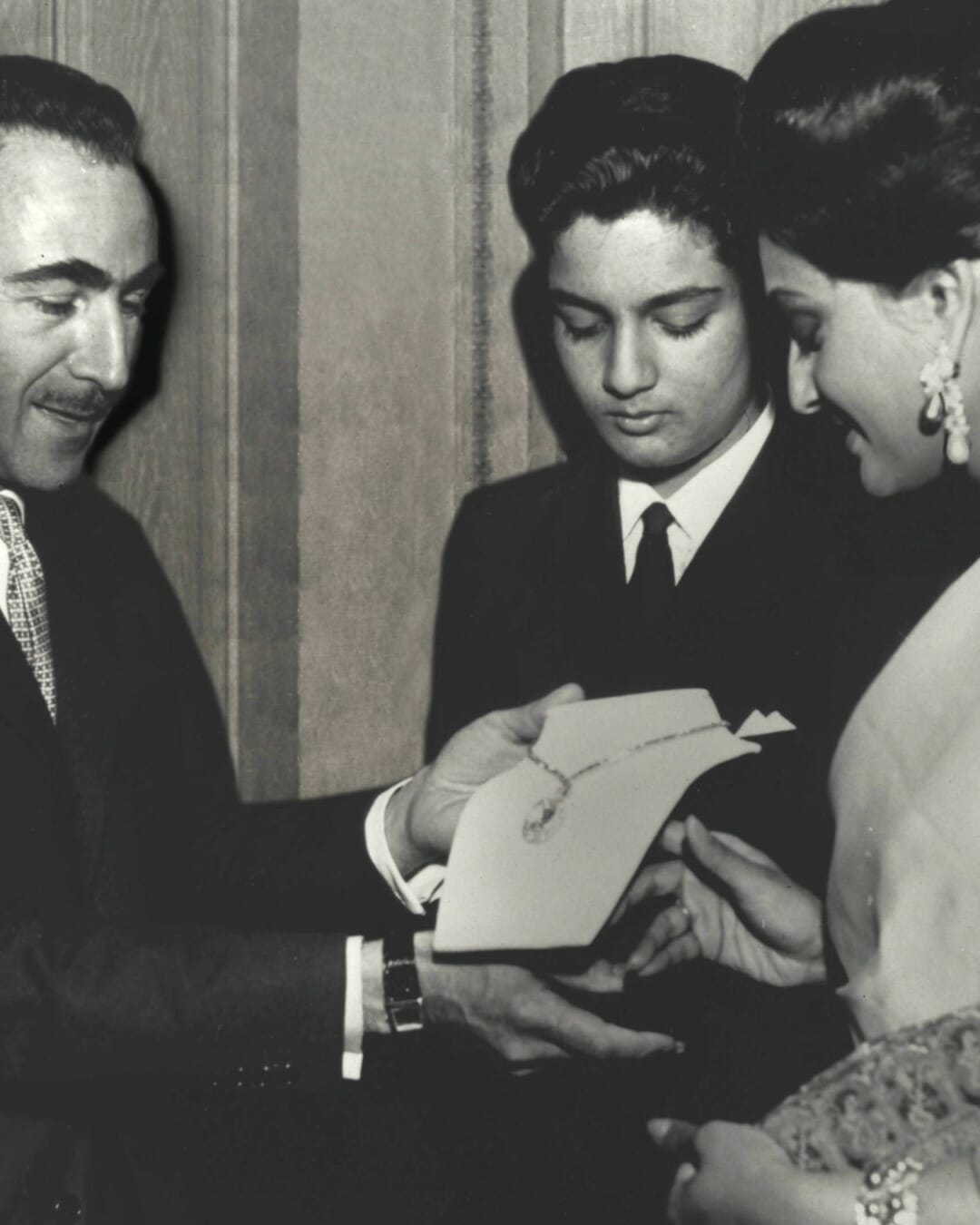
How Rare is the Princie Diamond?
In the Gemological Institute of America (GIA) 2013 report on the stone, it stated the Princie was the largest Golconda-type fancy intense pink diamond it had ever graded. The GIA report confirmed the diamond was a Type IIa, the most chemically pure type of diamond and often described as appearing like a pool of water.
A top-quality pink diamond of any size is a rarity, but one of this magnitude and quality won’t likely ever appear again. You could say it’s a beautiful freak of nature: Only 1 in 100,000 diamonds can even be certified pink let alone intense pink.
That’s why we are still tracking stones like the Princie because it’s a once-a-lifetime diamond with an enthralling 300-year history – and likely more stories to come.
